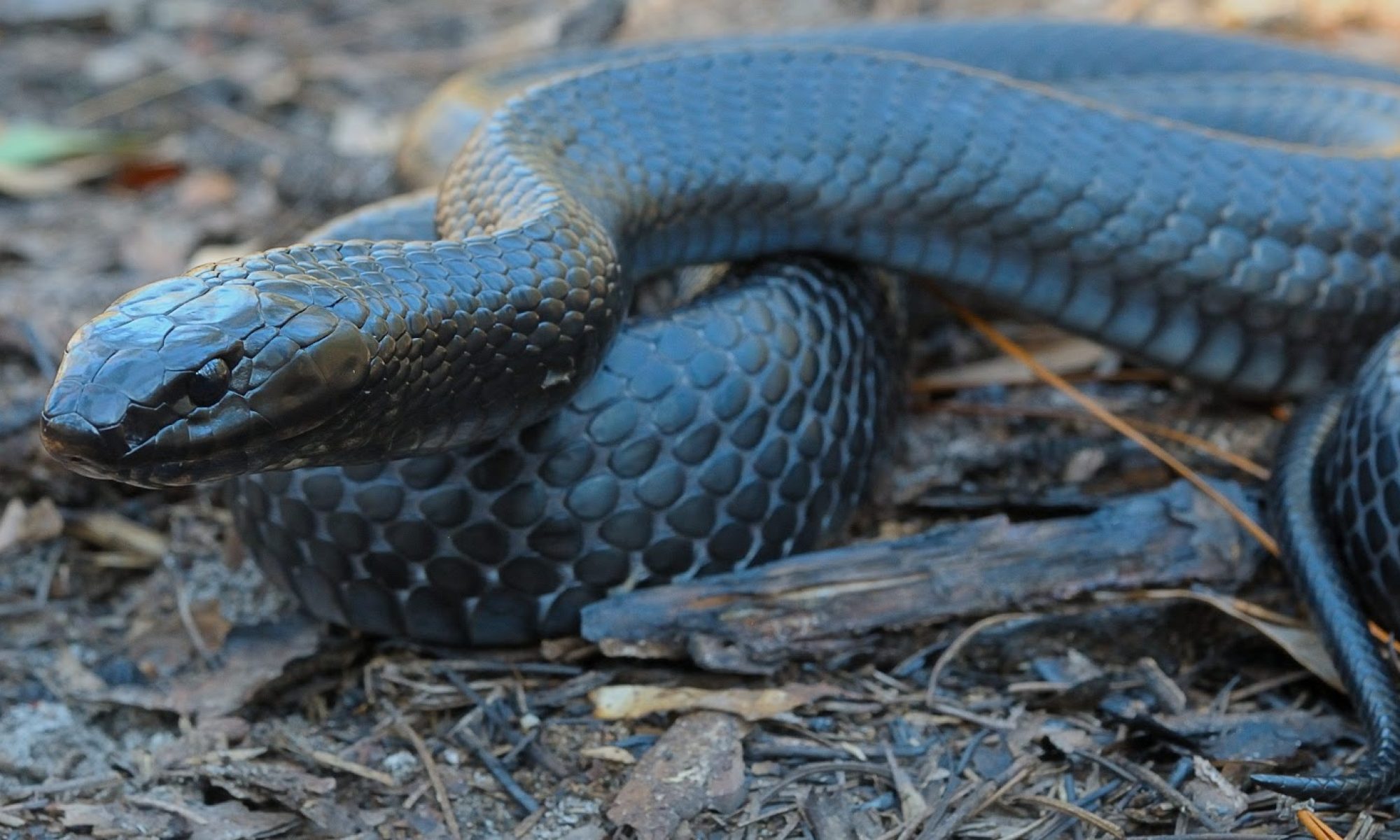Predation and Invasive Species
In captive populations, hatchlings do not all emerge at the same time (Alessandrini 2015). There may be periods as long as 2 weeks between the beginning of hatching of the first and last neonates of a single clutch. During this period of time, the odors present at the initiation of the hatching process could attract predators such as fire ants (Solenopsis), skunks (Mephitis), coyotes (Canis), foxes (Vulpes), opossums (Didelphis), raccoons (Procyon), crows (Corvus), and even other snakes. Newberry et al. (2009, p. 97) reported evidence of depredation of eastern indigo snake eggs by a raccoon in a xeric sandhill near an active gopher tortoise burrow in southeast Georgia. Laboratory studies have demonstrated that red imported fire ants (Solenopsis invicta) can penetrate the eggs of another colubrid snake, the yellow rat snake [sic] (eastern ratsnake: Pantherophis alleghaniensis) (Diffie et al. 2010) and likely caused the mortality of eggs of the rough green snake (Opheodrys aestivus) in the wild (Conners 1998). It is likely that eggs of the eastern indigo snakes can be penetrated, damaged and/or the embryos killed by fire ants. As a result, the red imported fire ant has the potential to be a factor in the decline of eastern indigo snake populations; however at present, we have no information on actual effects on populations.
Burmese pythons (Python bivittatus), native to Southeast Asia, are one of the largest snakes in the world. They have been introduced into southeast Florida, where they are rapidly expanding their range and becoming a serious concern for the greater south Florida ecosystem including areas such as Everglades National Park (Harvey et al. 2010, p.2, NPS 2016). Although the American alligator (Alligator mississippiensis) is the only reptile documented as Burmese python prey (Harvey et al. 2010, p.11), the python is a generalist predator and it may be possible that if it comes into contact with an eastern indigo snake in areas of habitat overlap; for example, along canal levees in south Florida, eastern indigo snakes may be taken as prey, but there is no evidence that this has occurred. Conversely, American alligators are also known to kill pythons and recently, an eastern indigo snake was documented to have preyed upon a hatchling python in Collier County, FL (Andreadis et al. 2018, pp. 341-342). However, predator-prey interactions with pythons and population effects are not well-understood. Burmese pythons also represent a competitive threat in these areas due to their broad dietary preferences (Reed 2005, p. 763). Burmese pythons are known to carry novel pathogens and parasites that have been documented to spillover to native snakes in Florida (Miller et al. 2017, entire). Due to the eastern indigo snake’s frequent movement and large home ranges, they may have increased exposure to encounter Burmese pythons and their exotic pathogens (Reed 2005, p.761).
Increasing human population growth will also increase predation from direct mortality by people and their domestic animals (see section 4.2). Although disease and predation are negative factors faced by eastern indigo snakes, the effects on populations are not well understood. Further investigation is needed to determine the significance of these factors.
Pesticides
Because the eastern indigo snake is an apex predator, pesticides that bioaccumulate through the food chain may present a potential hazard (Lawler 1977). For example, secondary exposure to rodenticides used to control black rats may result in mortality to eastern indigo snakes in developed areas (Speake 1993). Although Knafo et al. (2016) found that organochlorine pesticides and their by-products were all below detection limits in their eastern indigo snake blood samples, Lawler (1977) examined body fat where high accumulation of these compounds were detected. Both blood and fat samples may be needed to more accurately document variable levels of OC exposure (Rainwater 2005). Herbicides used on crops or for silviculture may have negative effects on eastern indigo snake populations (Speake 1993).
